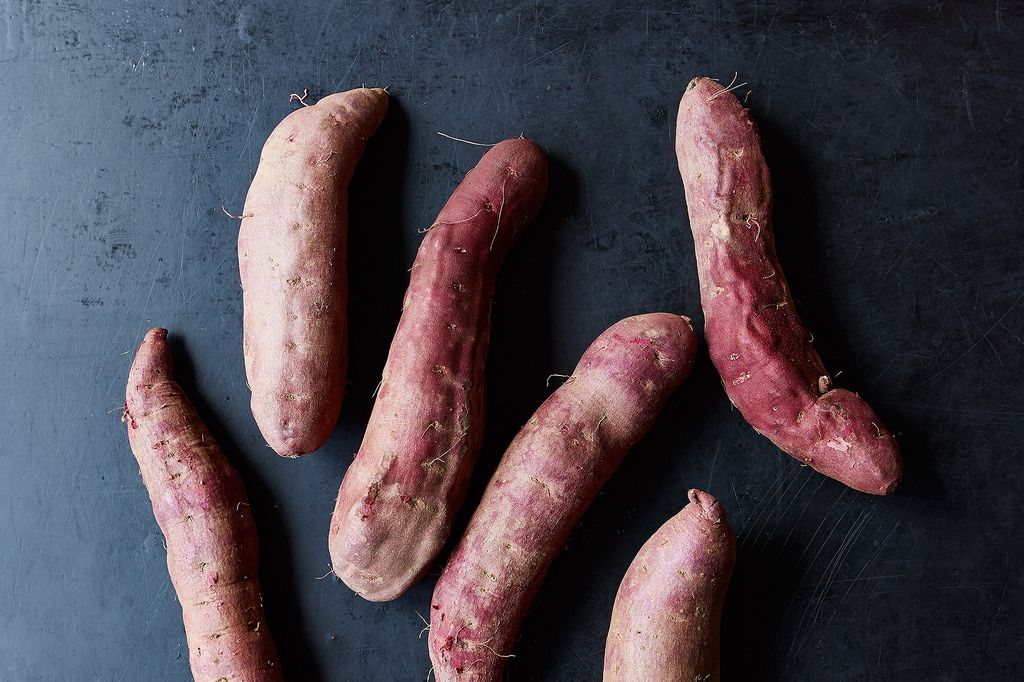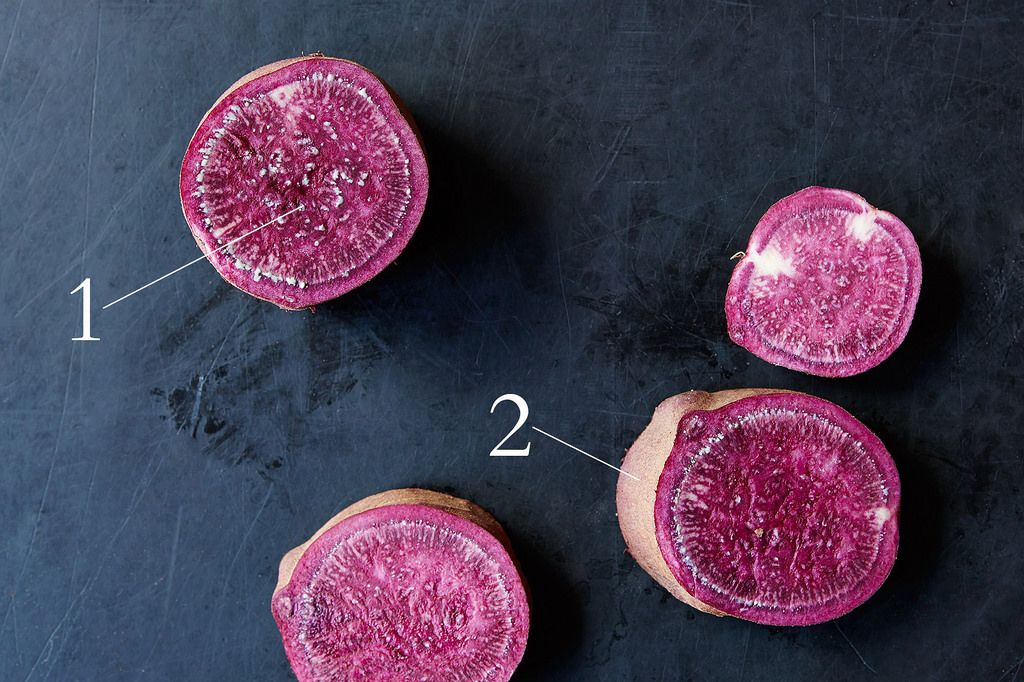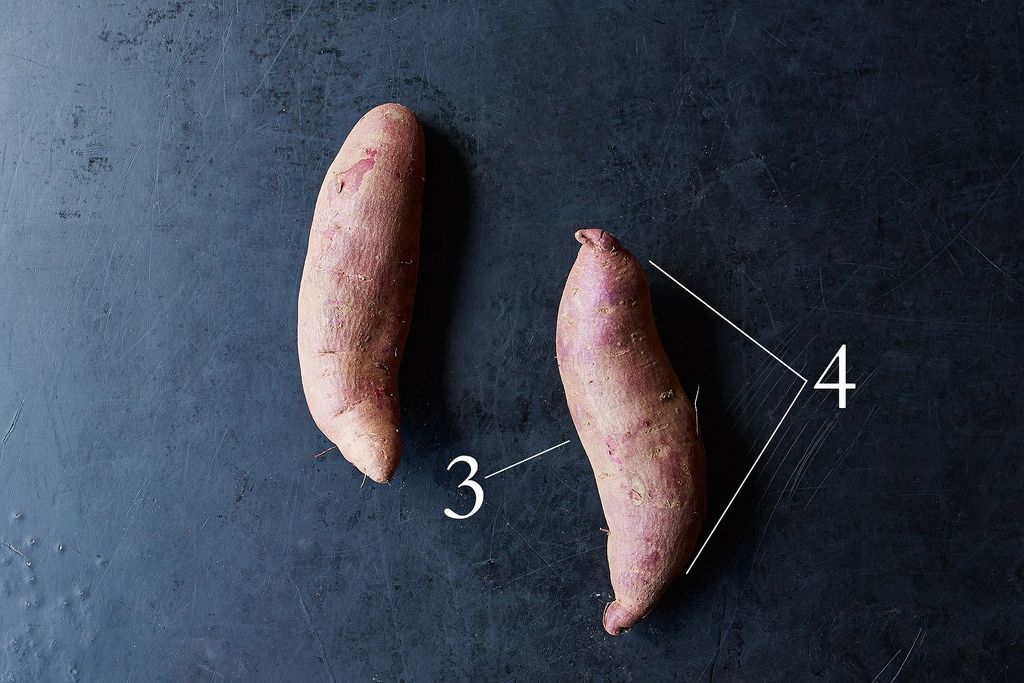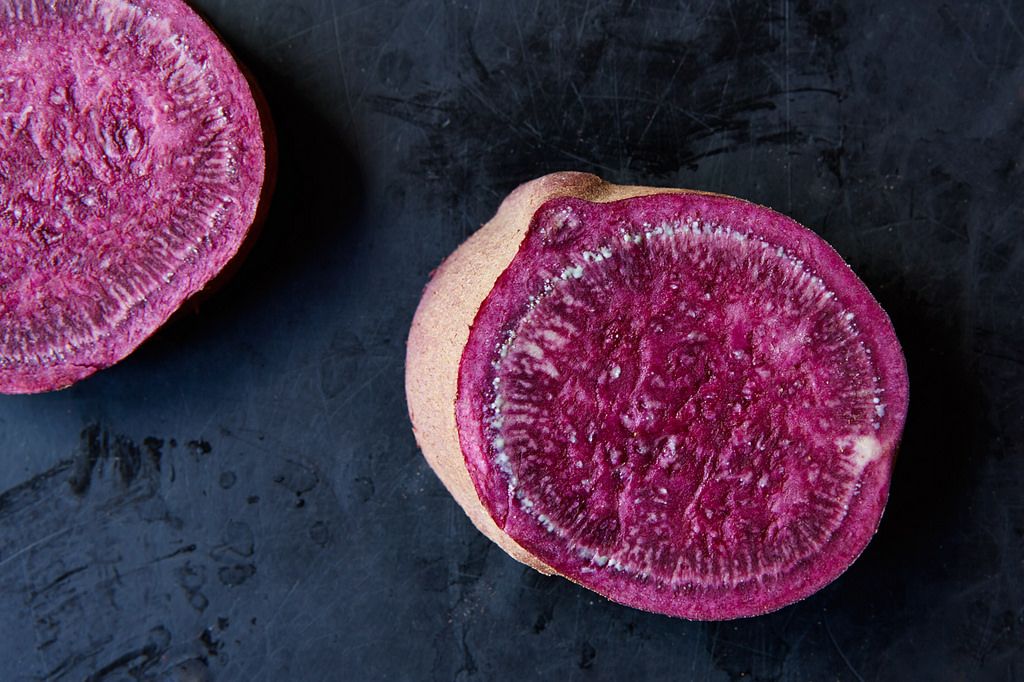Popular on Food52
Continue After Advertisement
15 Comments
Stephanie
October 30, 2017
I didn’t appreciate the snide and prejudiced comment in your article about water spinach. Anyone who eats authentic Chinese or Southeast Asian food has likely come across and probably loves water spinach, and in my experience a LOT more common than purple sweet potatoes.
Lindsay-Jean H.
October 30, 2017
Hi Stephanie, I'm sorry, I'm not sure what article you're referring to, I haven't written an article about water spinach. Please let me know what article you're referring to, I certainly don't ever intend to come across as insensitive.
Stephanie
October 30, 2017
In this article you mention that sweet potatoes are “one of the few edible plants within the Morning Glory family -- maybe the only family member you actually eat, because really, how often are you eating water spinach?” Maybe most of your readership is in Middle America and have no idea what water spinach is, but I found this article in a google search while looking for ideas on what to do with some extra purple sweet potatoes I have and my first thought was, “actually, I eat it all the time and it’s one of my favorite vegetables.” Water spinach, along with large pea shoots, bok choy and Napa cabbage, are some of the most common vegetables offered at Chinese and Southeast Asian restaurants. If someone is reading an article about PURPLE sweet potatoes, of all things, a crop I’ve only ever seen offered at Whole Foods, farmers markets and Asian markets, they’re more than likely familiar with water spinach. That’s all!
Lindsay-Jean H.
October 31, 2017
Hi again Stephanie, thank you for taking the time to follow up. I'd forgotten about the reference, and while I did not intend to come across as snide, I do sincerely apologize for the offense. I will be more thoughtful with my wording in the future.
LCL
October 31, 2017
I had the same interpretation as I read this piece. Why would anyone make such a callous statement. Wasn't so impressed with the article overall anyway.
thomas C.
October 17, 2018
I have no idea what water spinach is so she's was appropriate in saying what she said. Who the heck eats water spinach? Not me!
Betty S.
June 2, 2017
It could be a mind thing, but whatever it is, I can't eat the purple sweet potato.. I tried, it tasted good, but I could not eat it!! Every time I looked at it, I would want to throw up. I'll stick with my regular sweet potatoes.
Hanna K.
November 25, 2014
Lindsay-Jean, great article! We love the photos. Happy Thanksgiving!
-Hanna at Frieda's
-Hanna at Frieda's
Lindsay-Jean H.
December 1, 2014
Thanks so much Hanna! I used them to make vanilla purple sweet potato ice cream, I'll share the recipe with you soon!
Ryan L.
November 17, 2014
The latex in some of these can be over-poweringly bitter. I've found soaking them can help, and if they are really latex-y, peel and then soak.
Heidi
November 16, 2014
Okinawan sweet potatoes are amazing! Had them in Hawaii with coconut cream and I still dream about them.... Wish I could grow them or find them in western NY
Anne C.
November 16, 2014
Discovered these when searching for purple yams to bake ube makapuno cake for some friends from the Philippines. Enjoyed the extra purple sweet potatoes roasted with butter. The cake was beautiful and pale lavender. The traditional cake recipe has extra purple color recommended to brighten up the purple it up. It was nice to find these purple sweet potatoes in the regular market.
Petite F.
November 15, 2014
I love these!! I like it pure in that just bake it and eat it with the skin:)





See what other Food52 readers are saying.